Refine search
Actions for selected content:
140 results in Lectures, Workshops, and Proceedings of International Conferences
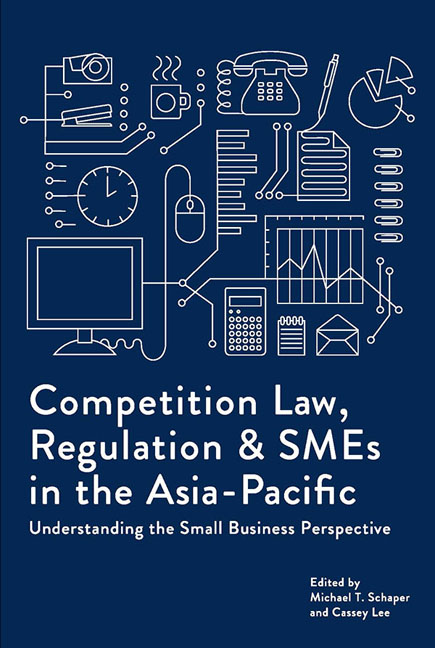
Competition Law, Regulation and SMEs in the Asia-Pacific
- Understanding the Small Business Perspective
-
- Published by:
- ISEAS–Yusof Ishak Institute
- Published online:
- 05 August 2017
- Print publication:
- 27 July 2016
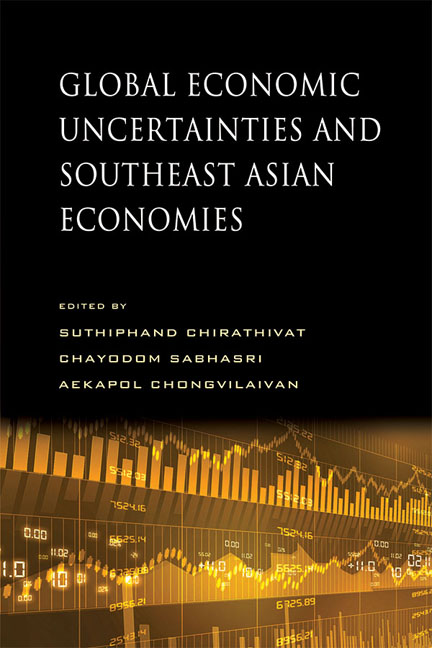
Global Economic Uncertainties and Southeast Asian Economies
-
- Published by:
- ISEAS–Yusof Ishak Institute
- Published online:
- 22 July 2017
- Print publication:
- 04 May 2015
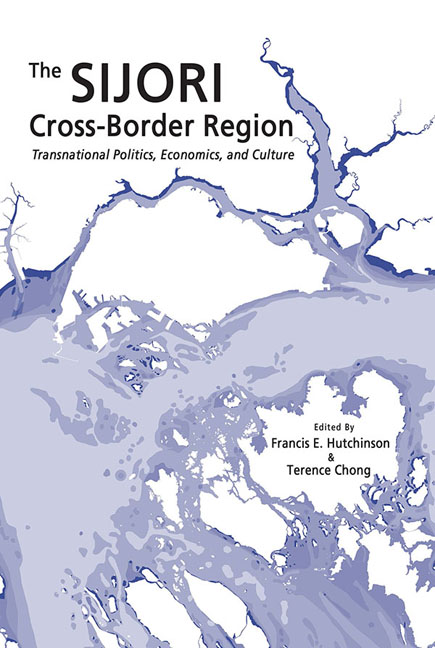
The SIJORI Cross-Border Region
- Transnational Politics, Economics, and Culture
-
- Published by:
- ISEAS–Yusof Ishak Institute
- Published online:
- 22 July 2017
- Print publication:
- 14 June 2016
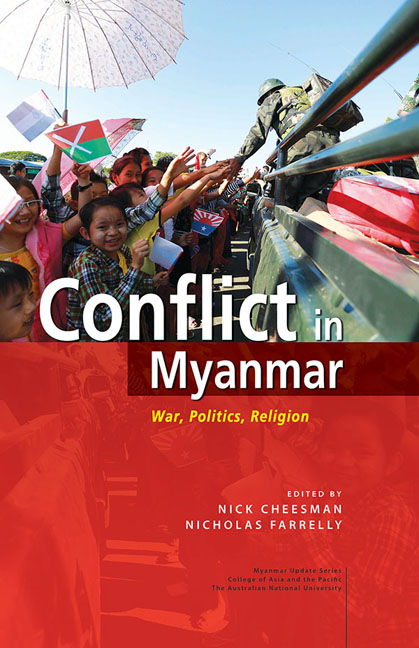
Conflict in Myanmar
- War, Politics, Religion
-
- Published by:
- ISEAS–Yusof Ishak Institute
- Published online:
- 22 July 2017
- Print publication:
- 01 August 2016
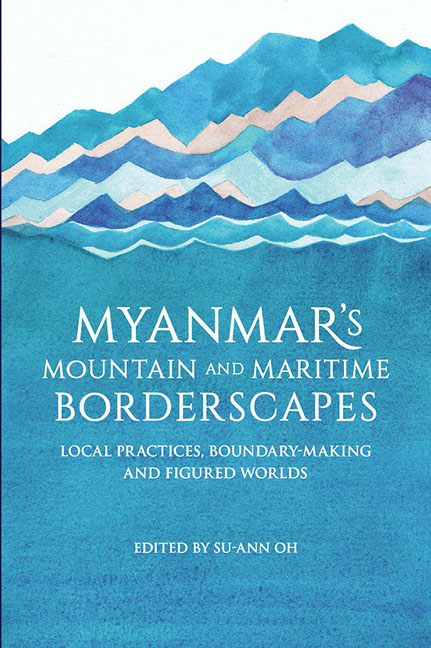
Myanmar's Mountain and Maritime Borderscapes
- Local Practices, Boundary-Making and Figured Worlds
-
- Published by:
- ISEAS–Yusof Ishak Institute
- Published online:
- 06 June 2017
- Print publication:
- 12 August 2016
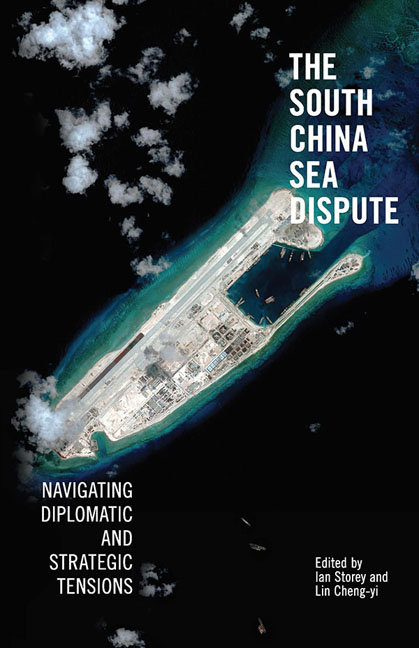
The South China Sea Dispute
- Navigating Diplomatic and Strategic Tensions
-
- Published by:
- ISEAS–Yusof Ishak Institute
- Published online:
- 19 May 2017
- Print publication:
- 23 May 2016

Buddhist Dynamics in Premodern and Early Modern Southeast Asia
-
- Published by:
- ISEAS–Yusof Ishak Institute
- Published online:
- 19 May 2017
- Print publication:
- 06 July 2015
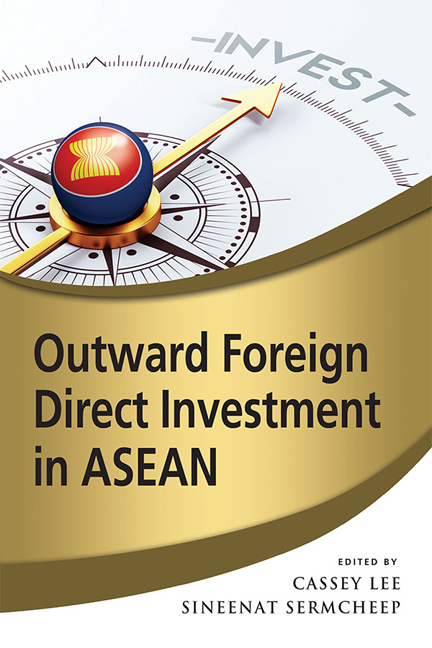
Outward Foreign Direct Investment in ASEAN
-
- Published by:
- ISEAS–Yusof Ishak Institute
- Published online:
- 19 May 2017
- Print publication:
- 14 February 2017
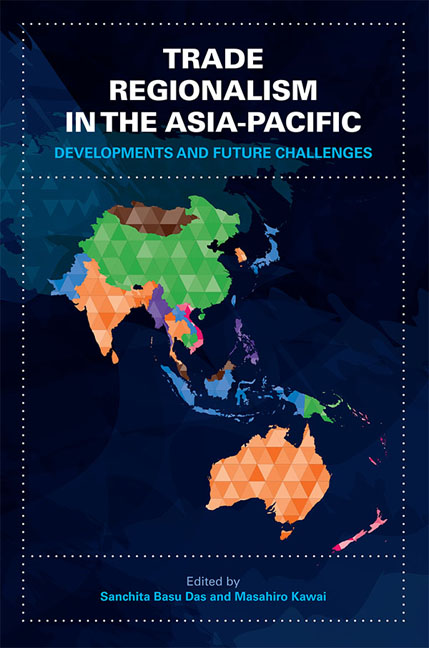
Trade Regionalism in the Asia-Pacific
- Developments and Future Challenges
-
- Published by:
- ISEAS–Yusof Ishak Institute
- Published online:
- 05 July 2016
- Print publication:
- 11 April 2016

Myanmar
- Beyond Politics to Societal Imperatives
-
- Published by:
- ISEAS–Yusof Ishak Institute
- Published online:
- 21 October 2015
- Print publication:
- 17 June 2005
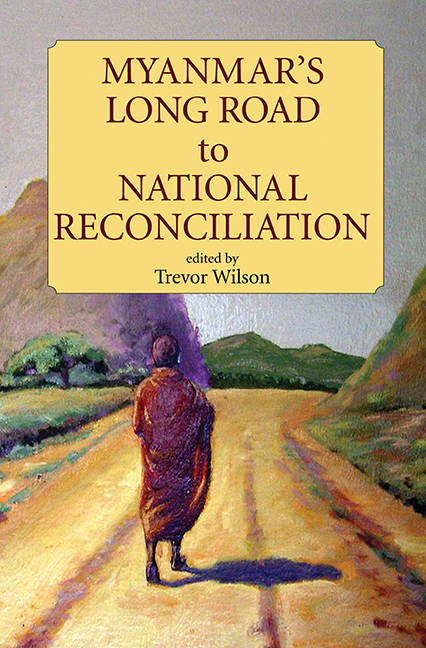
Myanmar's Long Road to National Reconciliation
-
- Published by:
- ISEAS–Yusof Ishak Institute
- Published online:
- 21 October 2015
- Print publication:
- 29 June 2006
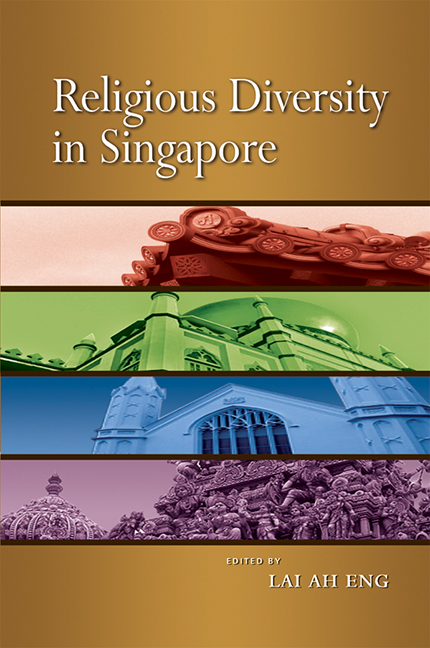
Religious Diversity in Singapore
-
- Published by:
- ISEAS–Yusof Ishak Institute
- Published online:
- 21 October 2015
- Print publication:
- 31 July 2008

Rising India and Indian Communities in East Asia
-
- Published by:
- ISEAS–Yusof Ishak Institute
- Published online:
- 21 October 2015
- Print publication:
- 22 September 2008
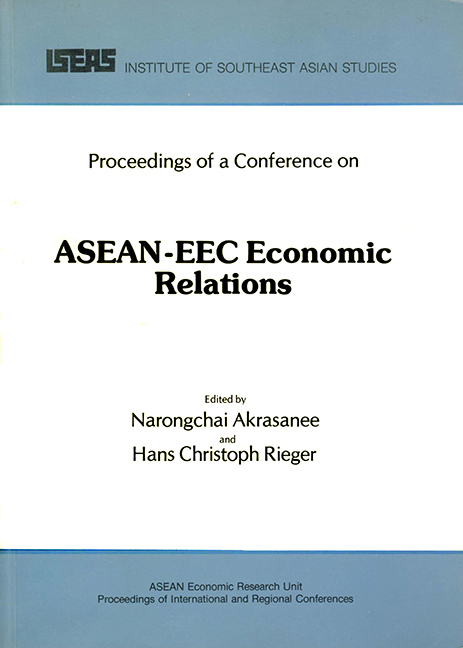
ASEAN-EEC Economic Relations
-
- Published by:
- ISEAS–Yusof Ishak Institute
- Published online:
- 21 October 2015
- Print publication:
- 31 December 1981
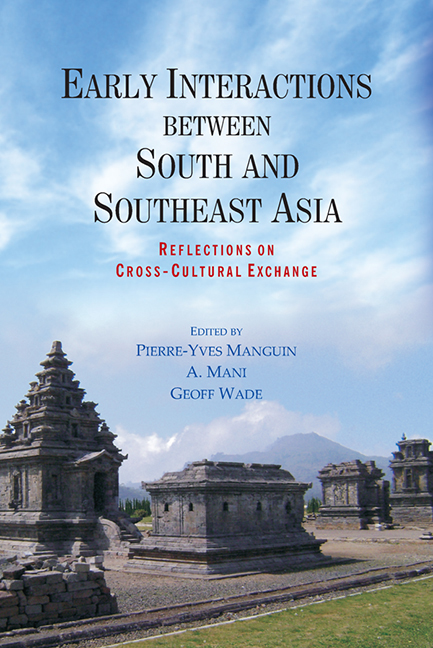
Early Interactions between South and Southeast Asia
- Reflections on Cross-Cultural Exchange
-
- Published by:
- ISEAS–Yusof Ishak Institute
- Published online:
- 21 October 2015
- Print publication:
- 10 November 2011
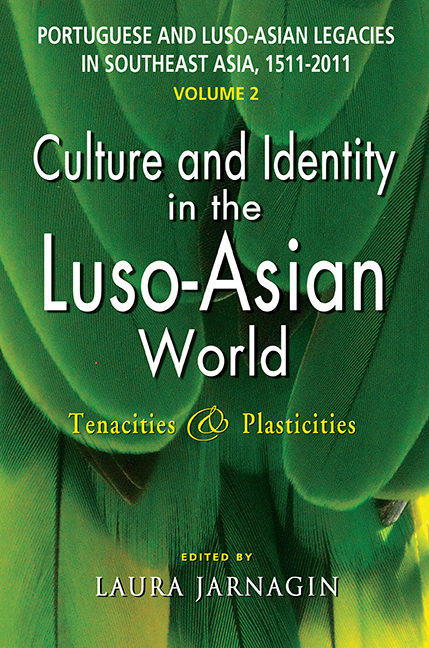
Portuguese and Luso-Asian Legacies in Southeast Asia, 1511-2011, vol. 2
- Culture and Identity in the Luso-Asian World: Tenacities & Plasticities
-
- Published by:
- ISEAS–Yusof Ishak Institute
- Published online:
- 21 October 2015
- Print publication:
- 11 April 2012
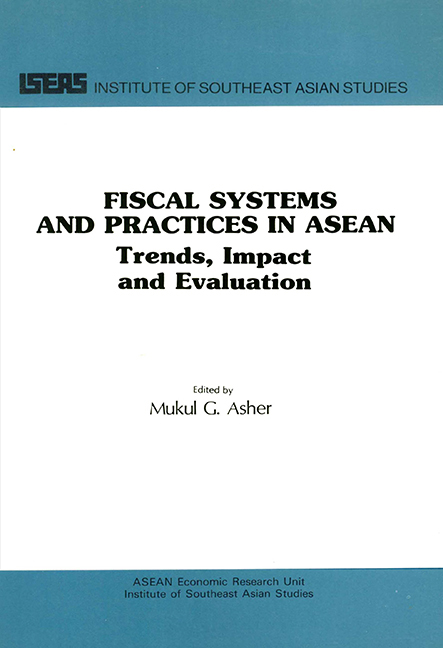
Fiscal System and Practices in ASEAN
- Trends, Impact and Evaluation
-
- Published by:
- ISEAS–Yusof Ishak Institute
- Published online:
- 21 October 2015
- Print publication:
- 01 January 1989

Poverty and Global Recession in Southeast Asia
-
- Published by:
- ISEAS–Yusof Ishak Institute
- Published online:
- 21 October 2015
- Print publication:
- 30 November 2011
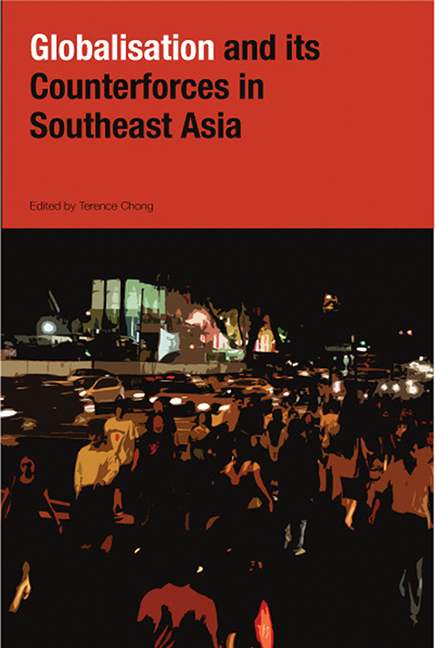
Globalization and its Counter-Forces in Southeast Asia
-
- Published by:
- ISEAS–Yusof Ishak Institute
- Published online:
- 21 October 2015
- Print publication:
- 29 February 2008

An APEC Trade Agenda?
- The Political Economy of a Free Trade Area of the Asia-Pacific
-
- Published by:
- ISEAS–Yusof Ishak Institute
- Published online:
- 21 October 2015
- Print publication:
- 02 July 2007
